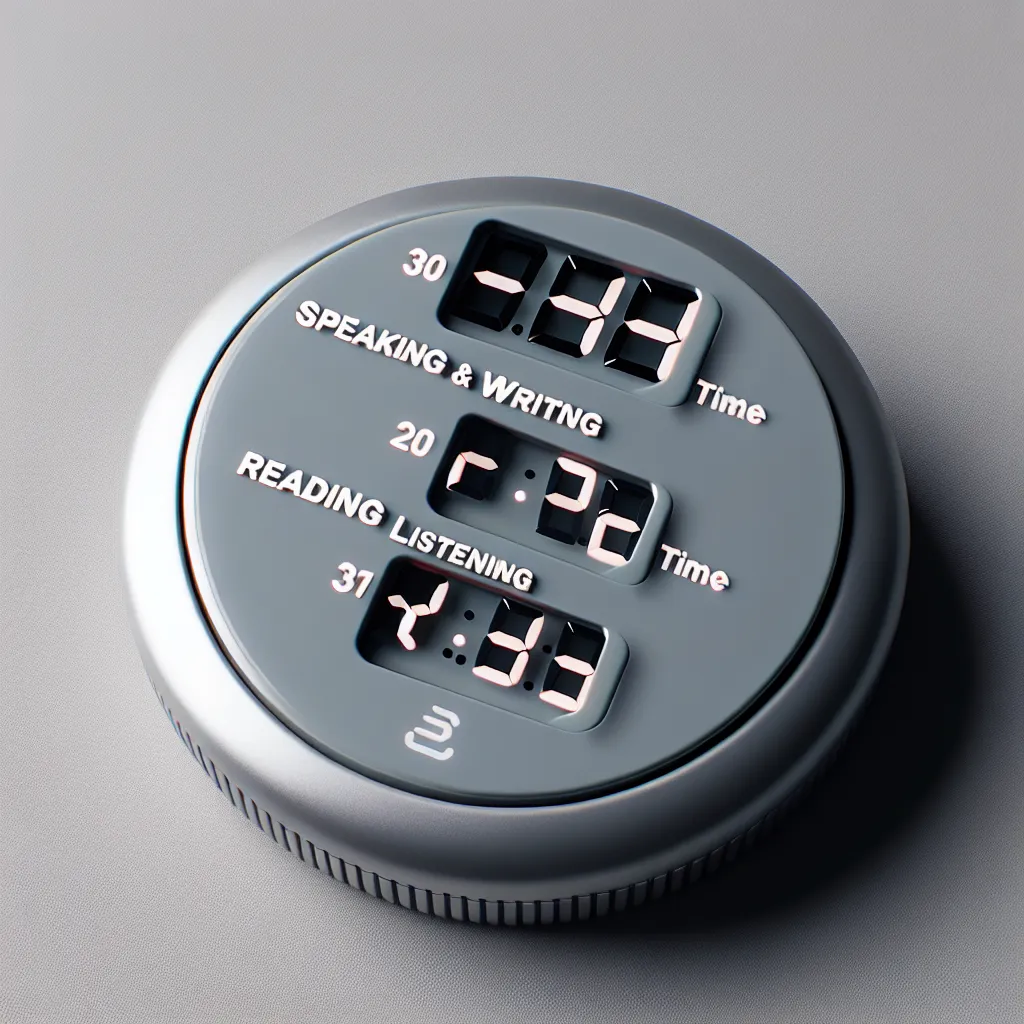Are you feeling anxious about the upcoming PTE Speaking test? You’re not alone. Many test-takers experience nervousness and stress when faced with this crucial component of the PTE Academic exam. In this comprehensive guide, we’ll explore effective strategies to help you maintain your composure and perform at your best during the PTE Speaking test.
Understanding the PTE Speaking Test
Before diving into relaxation techniques, it’s essential to understand what the PTE Speaking test entails. This section of the exam assesses your ability to speak English in an academic environment. It consists of various tasks, including:
- Read Aloud
- Repeat Sentence
- Describe Image
- Re-tell Lecture
- Answer Short Question
Each task presents unique challenges, but with proper preparation and a calm mindset, you can excel in all of them.
 PTE Speaking Test Overview
PTE Speaking Test Overview
Why Staying Calm is Crucial for PTE Speaking Success
Maintaining composure during the PTE Speaking test is vital for several reasons:
- Clear pronunciation: Nervousness can affect your speech clarity, making it difficult for the computer to accurately assess your pronunciation.
- Fluency: Anxiety may cause you to stumble over words or pause frequently, impacting your fluency score.
- Content accuracy: When you’re stressed, it’s easier to misunderstand instructions or forget important details.
- Time management: A calm mind helps you pace yourself better throughout the test.
By learning to manage your stress, you’ll be better equipped to showcase your true English-speaking abilities.
Effective Strategies to Stay Calm During the PTE Speaking Test
1. Prepare Thoroughly
The best way to reduce anxiety is to be well-prepared. Here are some preparation tips:
- Practice regularly with authentic PTE materials
- Familiarize yourself with the test format and timing
- Record yourself speaking and analyze your performance
- Take mock tests to simulate exam conditions
Remember, confidence comes from knowing you’ve put in the work.
2. Use Breathing Techniques
Deep breathing exercises can help calm your nerves before and during the test:
- Inhale deeply through your nose for 4 seconds
- Hold your breath for 4 seconds
- Exhale slowly through your mouth for 6 seconds
- Repeat 3-5 times
This technique, known as “box breathing,” can quickly reduce stress and improve focus.
3. Practice Positive Self-Talk
Replace negative thoughts with positive affirmations:
- Instead of “I’m going to fail,” think “I’ve prepared well and I’m ready for this challenge.”
- Replace “My English isn’t good enough” with “I’m continuously improving my English skills.”
Positive self-talk can boost your confidence and help you maintain a calm demeanor.
4. Visualize Success
Spend a few minutes before the test visualizing yourself performing well:
- Imagine speaking clearly and confidently
- Picture yourself navigating through each task with ease
- Envision a successful outcome
Visualization can help reduce anxiety and prepare your mind for success.
 PTE Speaking Visualization
PTE Speaking Visualization
5. Arrive Early and Get Comfortable
On test day:
- Arrive at the test center well in advance
- Familiarize yourself with the surroundings
- Use the restroom and have a drink of water
- Take a few moments to relax and focus
Being settled and comfortable can significantly reduce test-day jitters.
6. Focus on the Task at Hand
During the test:
- Concentrate on one question at a time
- Don’t dwell on previous responses
- Use the short pauses between tasks to reset and refocus
Staying present can prevent anxiety about past or future performance.
7. Use Body Language to Your Advantage
Your physical posture can influence your mental state:
- Sit up straight to boost confidence
- Relax your shoulders to release tension
- Take deep breaths to calm your nerves
Maintaining a relaxed yet alert posture can help you feel more in control.
8. Remember It’s Just a Test
While the PTE is important, it’s crucial to keep perspective:
- Your worth is not determined by a test score
- You can always retake the test if needed
- Focus on doing your best rather than achieving perfection
This mindset can help alleviate unnecessary pressure.
Common Mistakes to Avoid
When trying to stay calm, be wary of these pitfalls:
- Over-preparing: Studying until the last minute can increase stress. Give yourself time to relax before the test.
- Comparing yourself to others: Focus on your own preparation and performance, not others’.
- Negative self-talk: Avoid self-criticism and focus on encouragement instead.
- Ignoring physical needs: Ensure you’re well-rested, hydrated, and nourished before the test.
Next Steps for PTE Speaking Success
Now that you have strategies to stay calm, here’s what to do next:
- Incorporate these techniques into your regular PTE practice sessions
- Take a full-length mock test, applying the calming strategies
- Identify which methods work best for you and refine your approach
- Join online PTE communities to share experiences and get support
- Consider working with a PTE tutor to address specific anxiety triggers
Remember, staying calm is a skill that improves with practice. The more you apply these techniques, the more natural they’ll become.
Conclusion
Mastering the art of staying calm during the PTE Speaking test is essential for showcasing your true English-speaking abilities. By thoroughly preparing, using relaxation techniques, and maintaining a positive mindset, you can significantly reduce anxiety and improve your performance. Remember, the key is to practice these strategies consistently in the lead-up to your test day.
We’d love to hear about your experiences with managing stress during the PTE Speaking test. What techniques have worked best for you? Share your thoughts in the comments below, and don’t forget to check out our other articles on PTE preparation for more expert advice and tips.




